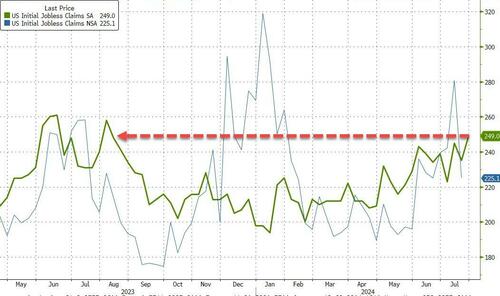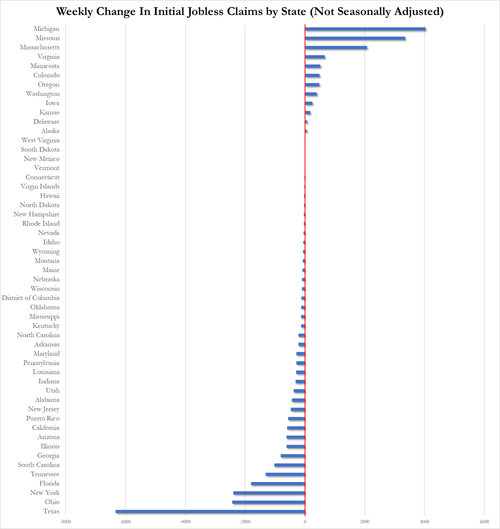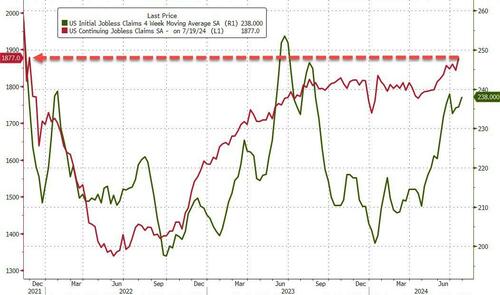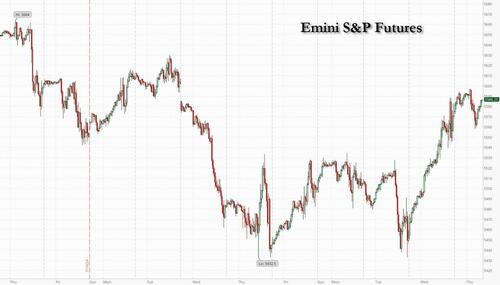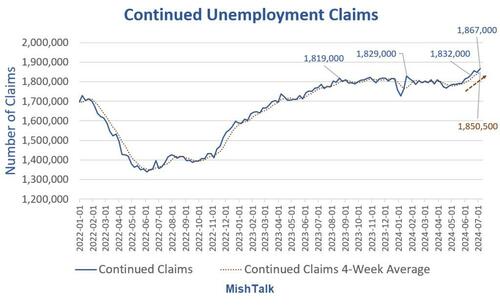“This Is Unjust!” Female Boxer Quits Olympic Match, Melts Down In Tears After Biological Male Brutalizes Her In 46 Seconds
Feminists are once again silent after a female boxer was destroyed in 46 seconds by a biological male masquerading as a woman in an Olympic matchup.
After just 46 seconds and two massive shots to the head, Italy’s Angela Carini threw her helmet onto the mat and abandoned the bout against Algerian tranny Imane Khelif, shouting “This is unjust!”
A couple of punches to the head and it’s all over. /2 pic.twitter.com/6egSrRj51s
— FairPlayForWomen (@fairplaywomen) August 1, 2024
The 25-year-old Carini, and Italian police officer, refused to shake hands with Khelif – who was previously banned from competition by the International Boxing Association after failing testosterone tests to establish gender qualification.
After the Olympic match was stopped, the referee raised Khelif’s hand in the air, while a visibly furious Carini yanked her hand away from the official and stormed off, the Daily Mail reports. She then dropped to her knees and burst into tears, saying she had never felt such strong blows in a match.
IOC allowed this male boxer to fight a woman. He won. Fight abandoned after 46s /4 pic.twitter.com/YwUfZQ6ssb
— FairPlayForWomen (@fairplaywomen) August 1, 2024
“I’m used to suffering. I’ve never taken a punch like that, it’s impossible to continue. I’m nobody to say it’s illegal,” she said after the match.
This is the power punch to the head that finished the match. pic.twitter.com/ssJqe20dza
— FairPlayForWomen (@fairplaywomen) August 1, 2024
“I have never been hit so hard in my life. It’s up to the IOC to judge.”
Italy’s Angela Carini after lasting just 46 seconds against Algeria’s intersex athlete Imane Khelif.
Biological firestorm at Paris Olympics. pic.twitter.com/BQRTF9Dc3m
— Pete Badel (@badel_cmail) August 1, 2024
“I got into the ring to fight. But I didn’t feel like it anymore after the first minute. I started to feel a strong pain in my nose. I didn’t give up, but a punch hurt too much and so I said enough. I’m leaving with my head held high.”
Following the match, Carini spoke with the press where she was clearly distraught.
She said she did not walk away from the fight as a protest against her opponent’s inclusion, but that was a decision for the Olympics to consider.
She was taken away for medical assessment to examine the seriousness of her facial injuries which included a bruised nose.
Carini’s coach in the mix zone after the fight said: ‘I don’t know if her nose is broken. I have to speak with the girl. But many people in Italy tried to call and tell her: ‘Don’t go please: it’s a man, it’s dangerous for you.’ -Daily Mail
On Wednesday evening, the IBA – which banned Khelif – said that the transgender boxer had initially appealed their decision to the Court of Arbitration for Sport, but “but withdrew the appeal during the process, making the IBA decision legally binding.”
The IBA also directly criticized the IOC, saying “The IOC’s differing regulations on these matters, in which IBA is not involved, raise serious questions about both competitive fairness and athletes’ safety,” however the IOC position is that Khelif, and Chinese transgender athlete Lin Tu-ting of Taipei, “are women according to their passports,” who had qualified under the rules of elligibility.
“I repeat that all the competitors comply with the eligibility rules,” said IOC spox Mark Adams. “But what I would say is that this involves real people. And, by the way, this is not a transgender issue. I should make this absolutely clear.”
Sure Mark.
Now, the IOC faces a harsh backlash – including UK Prime Minister Liz Truss, who wrote on X: ” When will this madness stop? Men cannot become women. Why is the British Government not objecting to this?”
JK Rowling also chimed in, writing on X: “What will it take to end this insanity? A female boxer left with life-altering injuries? A female boxer killed?“
My reaction was yours.
— J.K. Rowling (@jk_rowling) August 1, 2024
Absolutely https://t.co/twccUEOW9e
— Elon Musk (@elonmusk) August 1, 2024
If anyone knows Angela Carini, or has a route to her – please reach out. What she’s experienced is a public mugging. Her safety, her very humanity, have been treated with contempt. She will be feeling angry, humiliated, despairing. I would love to be in touch with her. DMs open
— Helen Joyce (@HJoyceGender) August 1, 2024
The Olympics did the South Park meme pic.twitter.com/vddHXQUuHW
— End Wokeness (@EndWokeness) August 1, 2024
Satire is now reality pic.twitter.com/c4wmshSzwX
— End Wokeness (@EndWokeness) August 1, 2024
And remember…
The people who support this are calling the people who don’t “weird.” https://t.co/jDM7YeWGcD
— Stephen L. Miller (@redsteeze) August 1, 2024
Tyler Durden
Thu, 08/01/2024 – 08:45
via ZeroHedge News https://ift.tt/qCE0NP6 Tyler Durden


